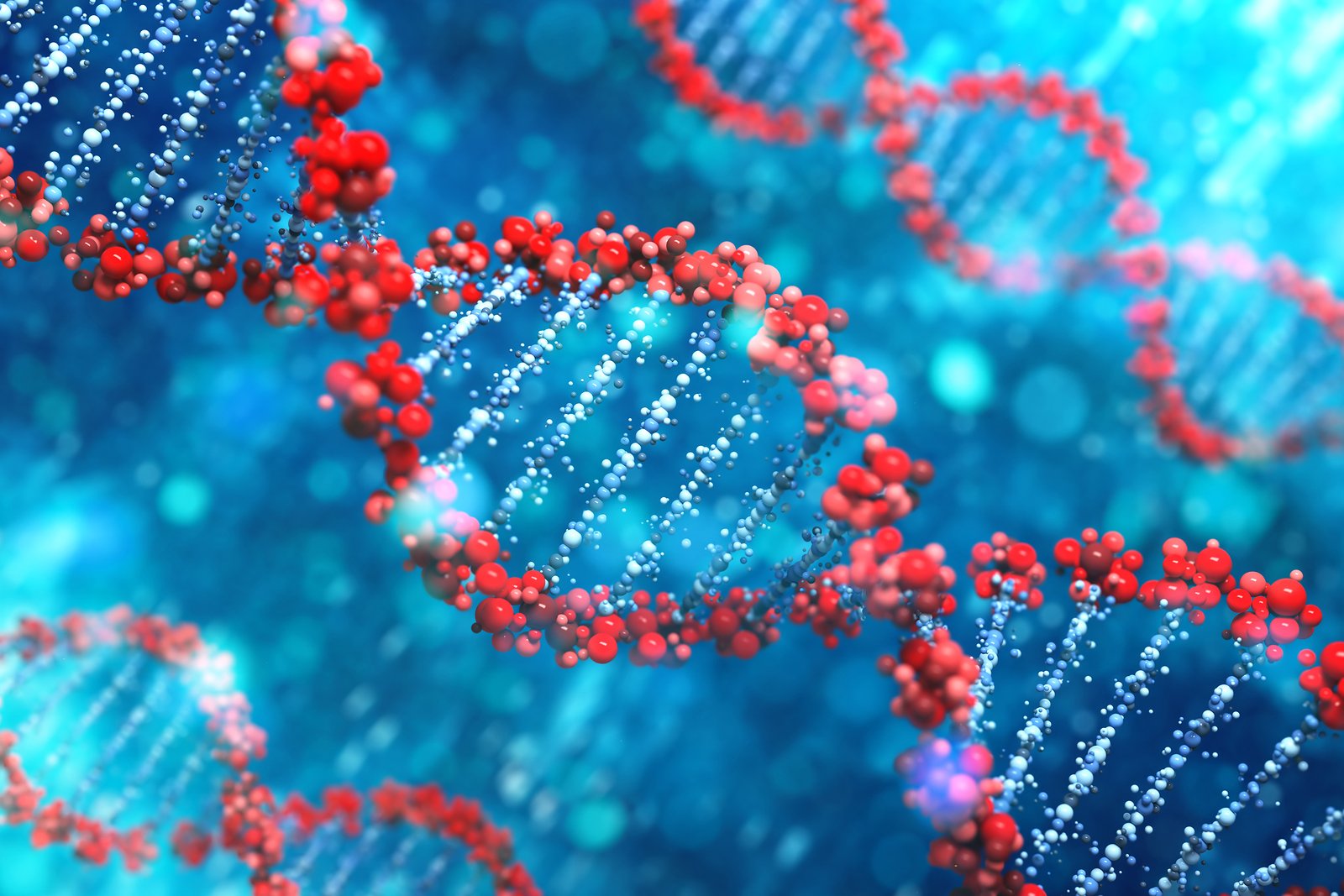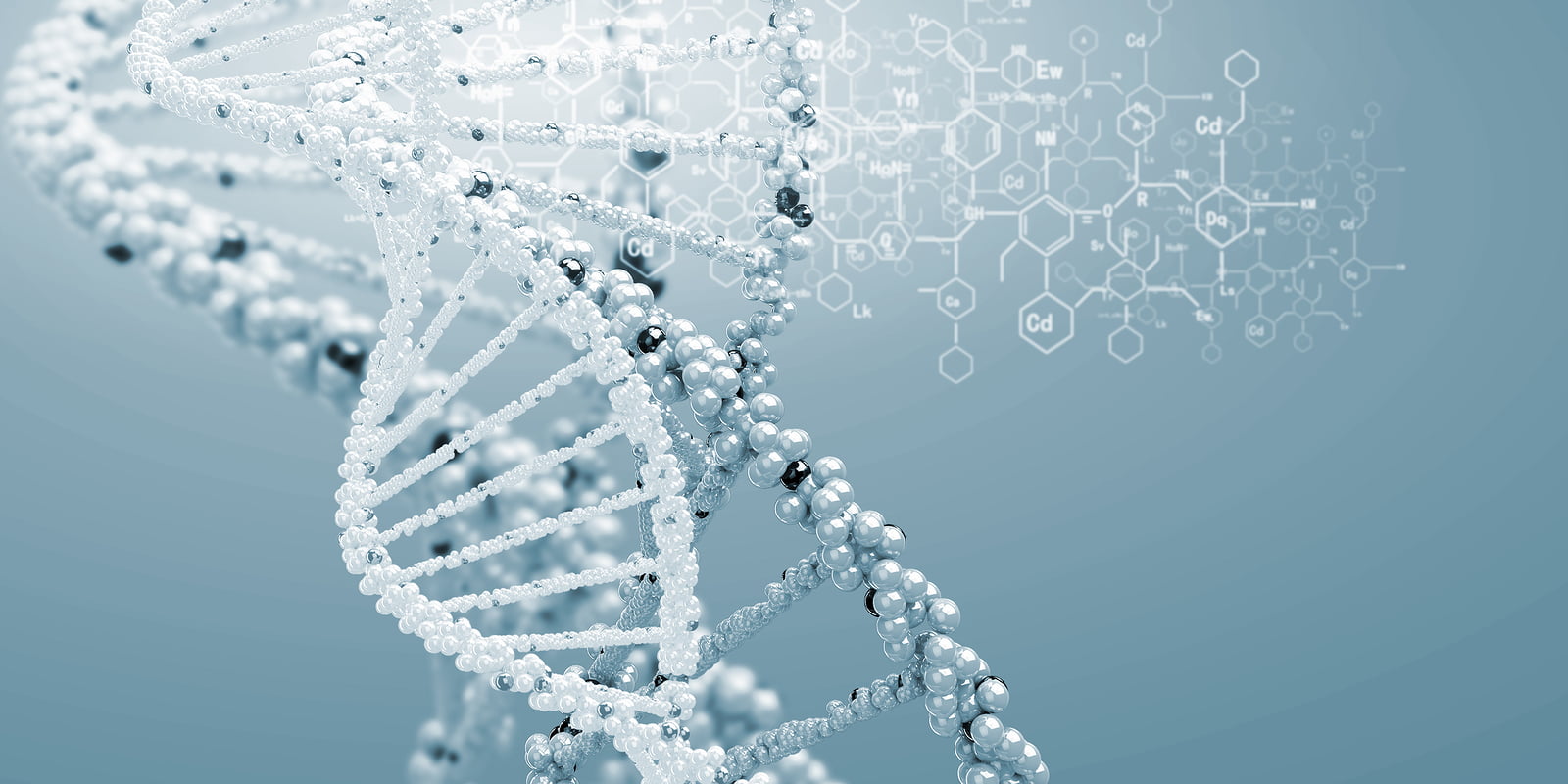In a groundbreaking study, Israeli researchers recently discovered 6,500 genes that differ between the sexes. This research could change the way diseases are treated in men and women.
The comprehensive study of sex-biased genes, conducted at Israel’s Weizmann Institute of Science, shows that while these 6,500 genes are present in all humans, they are expressed (copied out to make proteins) differently in men and women.
The researchers, Prof. Shmuel Pietrokovski and Dr. Moran Gershoni, believe that their mapping of these differences will contribute to the development of novel medical treatments. “Our findings reinforce what scientists have come to realize in the past decade – that we have to analyze medical issues differently for men and women,” Pietrokovski tells NoCamels. “Before talking about the concept of personalized medicine, we can explore different treatments and medicines for men and women.”
The study, recently published in the scientific journal BMC Biology, was based on the scientists’ analysis of the Genotype-Tissue Expression (GTEx) Project, a large-scale study of human gene expression involving genetic data from 544 adult donors. “We took publicly available data for more than 50,000 genes from 544 adults across more than 50 tissues, and we looked across all these genes,” Pietrokovski explains.
For instance, the researchers identified a gene that is only expressed in the heart of women, and is also related to calcium uptake. This gene shows high expression levels in younger women, but they sharply decrease with age. The researchers believe that the decreased expression of this gene could contribute to a higher risk of heart disease and osteoporosis in older women.
The scientists also identified gene expression that is specific to women’s livers, which regulates drug metabolism. This finding provides further evidence for the known difference in drug processing between men and women.
Genes that lead to visible differences between the sexes
Sign up for our free weekly newsletter
SubscribeSome of these genetic differences lead to very visible physical differences. For example, the researchers identified genes that are more highly expressed in men’s skin than in women’s skin, and concluded that these genes are associated with the growth of body hair. Moreover, genes related to muscle building are more highly expressed in men, while those related to fat storage are more highly expressed in women.
SEE ALSO: Understanding Gender Differences Could Improve Autism And Alzheimer’s Treatment
The researchers also found that genetic mutations associated with infertility still exist in the human gene pool because these mutations are found in sex-biased genes, which are expressed only in men or in women. For instance, mutations in genes specific to sperm formation persist because these genes are only expressed in men. These mutations could still be carried by women and passed on to the next generation. The scientists then expanded their research to include genes that are not related to fertility, leading to the identification of thousands of sex-biased genes.
SEE ALSO: The Difference In Social Perception Between The Sexes
“Men and women undergo different selection pressures and, at least to some extent, human evolution should be viewed as co-evolution,” Pietrokovski says. “But the study also emphasizes the need for a better understanding of the differences between men and women in the genes that cause disease or respond to treatments.”
Photos: Jason Thomas, GeneG
Related posts

Israeli Medical Technologies That Could Change The World

Harnessing Our Own Bodies For Side Effect-Free Weight Loss

Missing Protein Could Unlock Treatment For Aggressive Lung Cancer







Facebook comments